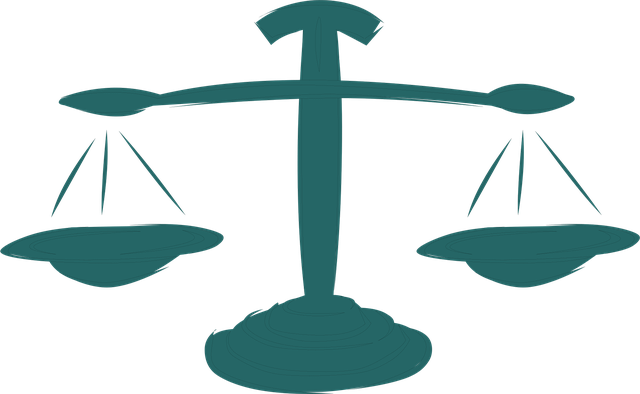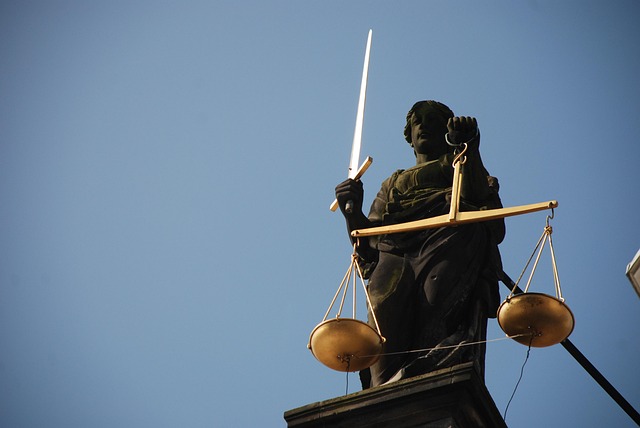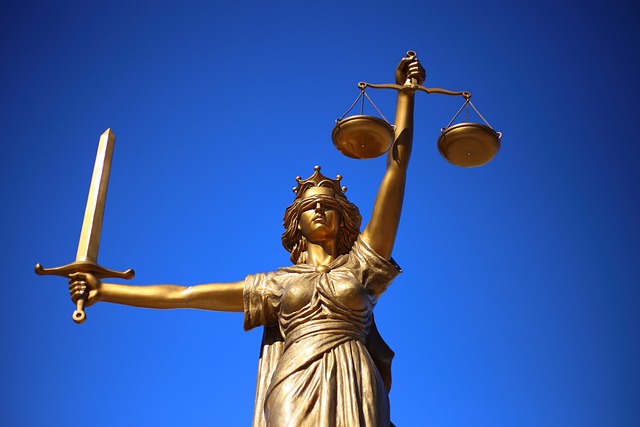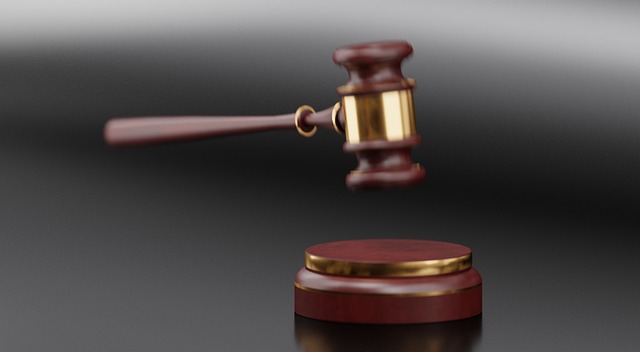Environmental Regulations Litigation is a critical domain where businesses must navigate complex web of industry-specific rules, legislative frameworks, and relationships between entities like companies, governments, and advocacy groups. Understanding these dynamics is key to handling high-stakes cases that shape industry standards, public safety, and community health. Success in this arena involves mastering legal loopholes, employing robust white-collar defense strategies, staying informed about regulatory changes, and leveraging expert knowledge for effective case presentation. Through strategic planning, meticulous defense, and learning from real-world case studies, businesses can protect their interests while contributing to a sustainable future.
“Unraveling the complexities of environmental regulations litigation is essential for businesses navigating legal landscapes. This comprehensive guide provides an in-depth look at various types of environmental lawsuits, offering insights into their triggers and potential outcomes. From understanding key regulations to mastering the legal process and studying real-world case studies, this article equips readers with knowledge on how to effectively navigate such litigation. Discover strategies to mitigate risks and learn from successful—and unsuccessful—industry practices.”
- Understanding Environmental Regulations Litigation: A Comprehensive Overview
- Common Types of Environmental Lawsuits: When and Why They Arise
- Navigating the Legal Process: From Complaint to Resolution
- Case Studies: Real-World Examples and Their Impact on Industry Practices
Understanding Environmental Regulations Litigation: A Comprehensive Overview

Environmental Regulations Litigation involves legal disputes centered around environmental laws and their enforcement. It’s a complex field that deals with issues like pollution control, natural resource protection, and response to environmental emergencies. Navigating this landscape requires understanding both the specific regulations governing various industries and the overarching legislative frameworks designed to safeguard our planet.
High-stakes cases often pit businesses against government agencies or other entities affected by their operations. These legal battles can have significant implications for industry standards, public safety, and the health of our communities. Philanthropic and political communities also play a role in shaping environmental regulations, influencing both their creation and enforcement through advocacy and policy initiatives. Mastering how to navigate this intricate litigation demands keen knowledge of regulatory bodies, legal precedents, and the evolving interplay between businesses, governments, and society at large.
Common Types of Environmental Lawsuits: When and Why They Arise

Environmental regulations are a crucial aspect of modern legal frameworks, designed to protect natural resources and preserve ecosystems. Common types of environmental lawsuits arise when entities or individuals fail to comply with these stringent rules, leading to significant legal and financial repercussions. These cases often involve high-stakes scenarios where businesses and corporations face severe consequences for pollution, ecological damage, or improper waste management. For instance, a manufacturing company might be sued for toxic emissions, resulting in a battle for a complete dismissal of all charges or a substantial fine.
Navigating environmental regulations litigation requires a deep understanding of the specific laws and their interpretations. White-collar defense strategies play a pivotal role here, focusing on mitigating damage and ensuring compliance to avoid costly lawsuits. Many high-stakes cases hinge on technicalities, legal loopholes, or the ability to demonstrate reasonable care in adhering to environmental standards. By employing robust legal defenses and staying abreast of regulatory changes, entities can minimize their exposure and safeguard themselves from these complex litigation types.
Navigating the Legal Process: From Complaint to Resolution
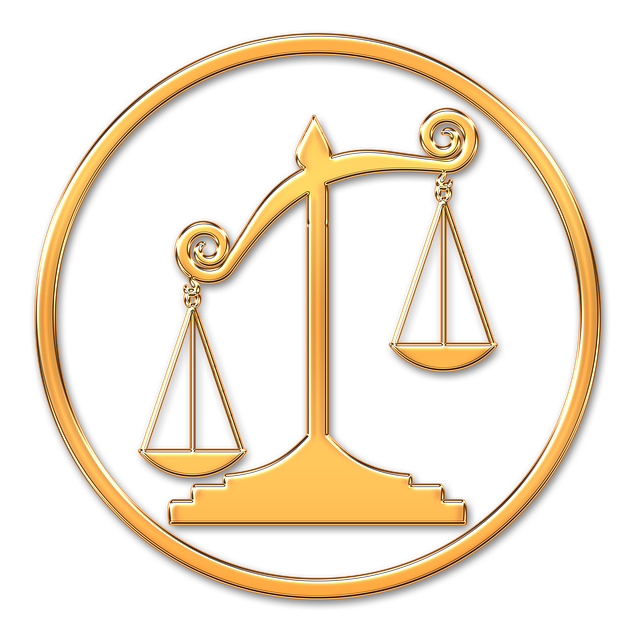
Navigating the legal process in environmental regulations litigation can seem like a daunting task, but understanding the steps involved can help businesses and individuals prepare effectively. The journey begins with filing a complaint, which outlines the alleged violations and seeks legal redress. This is where experts play a crucial role in interpreting complex regulations and presenting a compelling case. As the process unfolds, both parties exchange information, conduct discovery, and may engage in settlement negotiations to avoid lengthy trials.
High-stakes cases often require strategic planning and meticulous attention to detail. Across the country, businesses have successfully defended themselves against environmental charges by employing robust legal defenses and leveraging scientific evidence. Ultimately, the resolution comes with a judgment or settlement, which can lead to either a complete dismissal of all charges or an agreement that ensures compliance moving forward.
Case Studies: Real-World Examples and Their Impact on Industry Practices
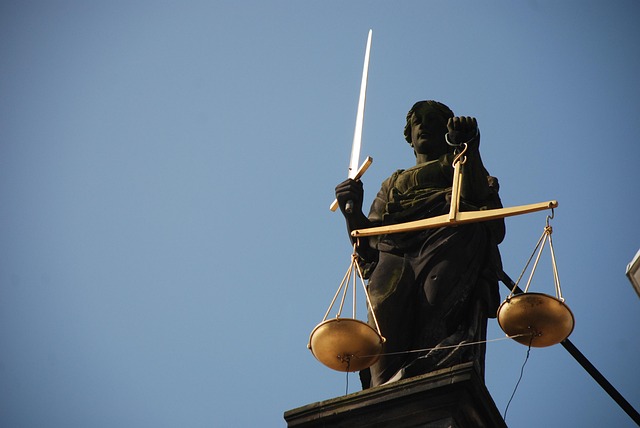
In the realm of environmental regulations litigation, real-world case studies serve as powerful tools for understanding industry practices and driving change. By examining successful strategies employed by companies facing environmental lawsuits, other organizations can learn how to navigate complex regulatory landscapes more effectively. For instance, a comprehensive study of a white-collar defense strategy might reveal tactics used to avoid indictment, emphasizing the importance of proactive compliance measures and transparent communication with regulators.
These case studies underscore the significant impact litigation has on shaping industry standards. Companies that successfully defend against environmental allegations often set new benchmarks for regulatory adherence, fostering a culture of accountability among their peers. Understanding these real-world examples enables businesses to stay ahead of legal trends, adapt their practices accordingly, and ultimately contribute to a more sustainable and legally compliant business environment.
Environmental regulations litigation is a complex yet crucial process for holding industries accountable and ensuring compliance with environmental laws. By understanding the various types of lawsuits, navigating the legal process effectively, and learning from real-world case studies, businesses can better prepare themselves to address environmental issues proactively. Knowing how to navigate these legal frameworks is essential for minimizing risks, promoting sustainable practices, and fostering a more environmentally responsible corporate culture.


